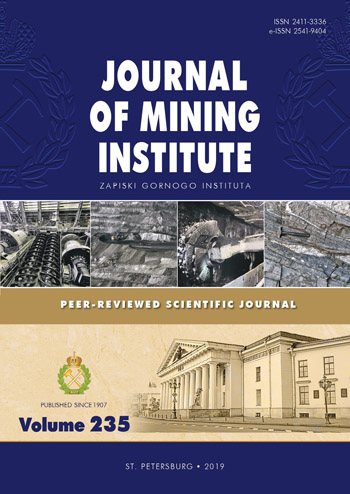Lignin sludge application for for-est land reclamation: feasibility assessment
- 1 — Ph.D., Dr.Sci. professor Saint-Petersburg Mining University
- 2 — Ph.D. associate professor Saint-Petersburg Mining University
- 3 — engineer ELPIS Ltd
Abstract
The article analyses waste generation of pulp and paper industry in North-Western Russia. The environmental impact of waste storage facilities of the pulp and paper mill was assessed, the need for utilization of lignin sludge was justified. In North-Western Russia, 1.21 million hectares of disturbed areas are in need for reclamation; they are abandoned quarries and lands alienated for pipeline and road construction. The suitability of lignin sludge for preparation of artificial fertile soils for reclamation purposes is estimated. For this purpose, experiments were carried out to create an artificial mixture with different ratios of lignin sludge and soil, to detect the maldevelopment of several plant species grown on various compositions of lignin sludge and soils. It was revealed that lignin sludge as an organic additive to soils is not toxic to vegetation and living organisms, allowing improving fertility of artificial soils.
